About Wood-Destroying Insects
If the weight of all the individuals in one species were added up, what species would come out as having the highest biomass? And would this would be the most accurate way to measure a species' "success?".
In an article in New Scientist a few years ago showed such a comparison of species biomass. Insects had by far the largest combined mass. Termites alone accounted for three times as much biomass as humans. I think it's fair to describe insects, especially Termites, as a successful species.
Subterranean termites
Subterranean termites are found in every state except Alaska. The two major types in Texas are the native subterranean termite and the Formosan subterranean termite. Both are serious threats to wooden structures. The major termite populations are in the coastal areas of Texas, but they are found throughout the state. Several problem species, including the Formosan termite, are moving to the north. They can spread easily when infested wooden products are recycled for use as landscaping timbers or retaining walls. In Texas, subterranean termites cause about $500 million in damage each year. If a home is not protected, there is about a 70 percent probability that it will suffer some termite damage within 25 years.
Learn more about Subterranean Termites.
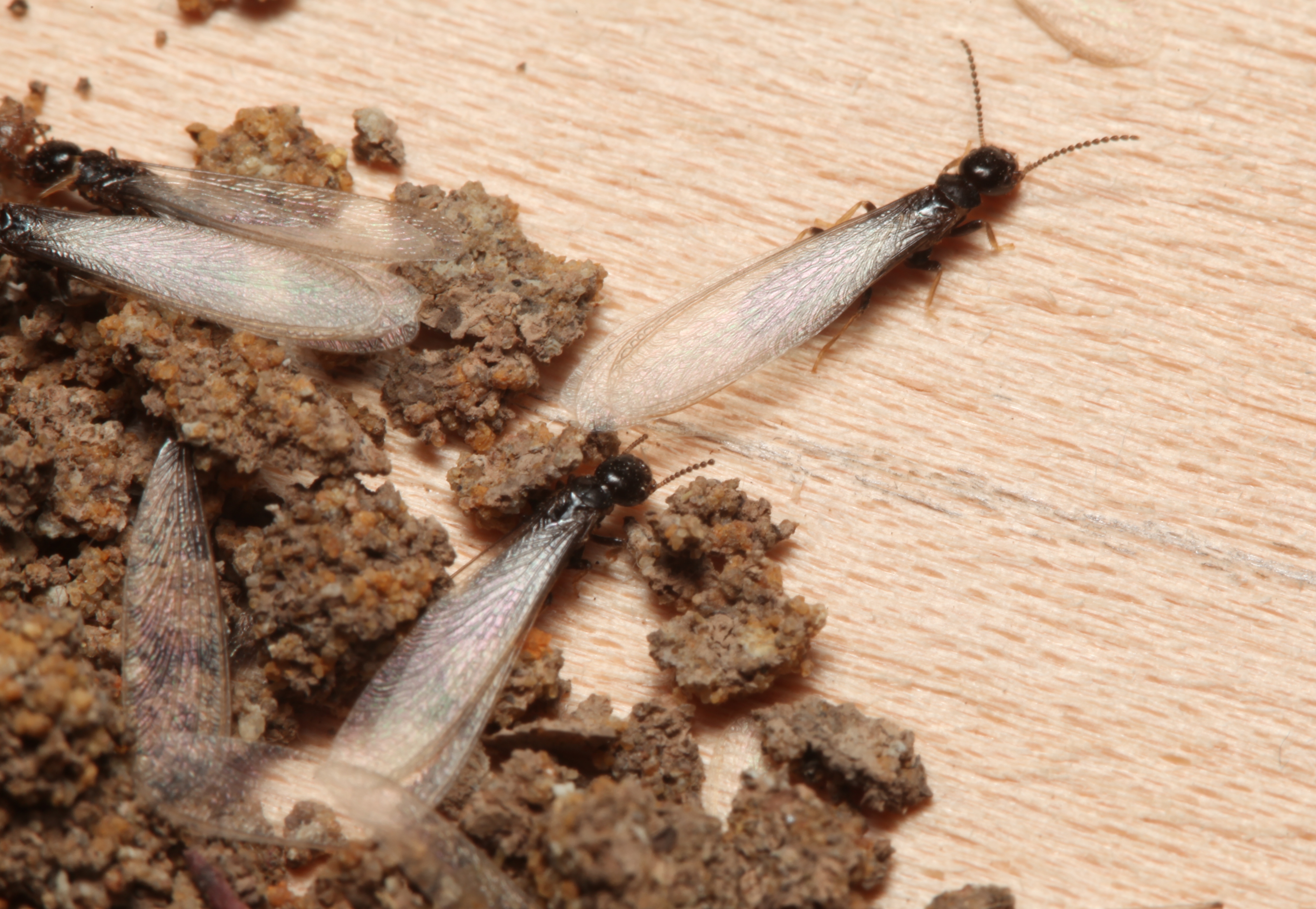
Formosan subterranean termites
Formosan subterranean termites are native to the Pacific Rim in the Far East and were accidentally introduced into the United States. They are considered one of the most aggressive and economically devastating termite species in the world. Like other subterranean termites, Formosan termites feed on wood and other materials that contain cellulose. They attack and consume a variety of woods at a faster rate than do native subterranean termites. This is partly because their colonies are at least four times as large as those of native subterranean termites. They reproduce rapidly, and a new colony may grow to more than 1 million individuals within 5 years. Formosan subterranean termites also are known to attack living trees, which makes them an important pest in landscapes.
Learn more about Formosan Subterranean Termites.
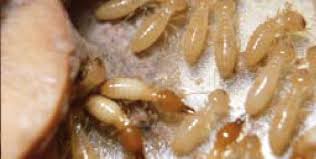
Drywood Termites
Drywood termites are found throughout Texas, with the highest concentrations along the Gulf Coast. Subterranean termites are also found throughout Texas, and are easy to distinguish from drywood termites. Subterranean termites live in the soil, while drywood termites live in sound, dry wood above ground level. They need no contact with soil because the wood they digest provides moisture needed to survive.
Learn more about Drywood Termites.
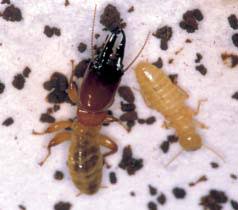
Carpenter Ants
Carpenter ants are social insects that make their colonies primarily in wood. They hollow ou t wood to build their nests, making their galleries and chambers velvety-smooth as if a carpenter had sanded the surfaces. Their tunneling in wood and foraging for food and water lead to their “pest” status in and around homes.
The presence of carpenter ants can mean that a building has problems that need attention, such as moisture, rotting wood or other conditions conducive to ant infestation. In Texas, there are at least 14 species of carpenter ants that destroy wood. Homeowners can minimize damage to their houses by learning how to identify the ants, knowing where to look for them, and understanding ways to prevent and control them.
Learn more about Carpenter Ants.
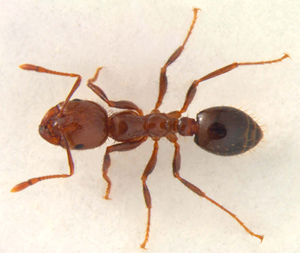
Carpenter Bees
Carpenter bees are so named because of their preference for nesting in pith (the soft tissue in some plant stems) and wood. Common throughout Texas, carpenter bees sometimes damage structural wood. To control these bees, it is important to be able to identify them and to know their biology and behavior. Steps for effective control include preventing damage, locating and applying insecticides to the nesting sites, and taking remedial action to prevent further damage.
Learn more about Carpenter Bees.
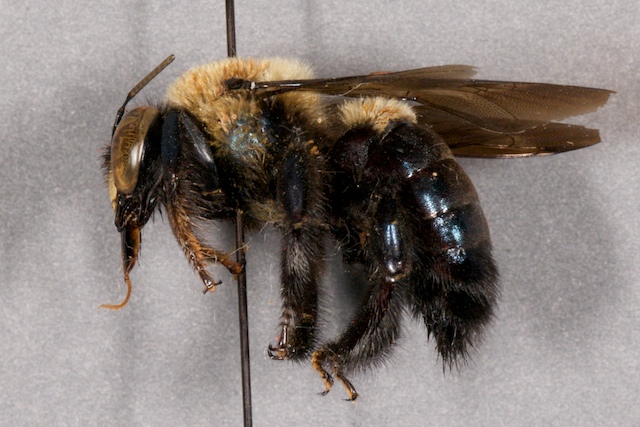
Wood-boring Beetles
Several kinds of beetles tunnel through wood. When their larvae tunnel through structural wood, they can weaken it. The adults may also ruin the appearance of wood by creating holes in its surfaces. Wood-boring beetles come from various insect families. They vary in size, damage and wood preference. Infestations can be managed, but it is critical to identify the beetles accurately because the management options vary by species.
Learn more about Wood-boring Beetles.

Why WDI PRO
✔ Reports Delivered within 24 hours
✔ HUD NPMA-33 Form Available
✔ Experienced Treatment Provider
✔ Affordable Termite Protection Plans
✔ Licensed by the Department of Agriculture TDA# 0801793

